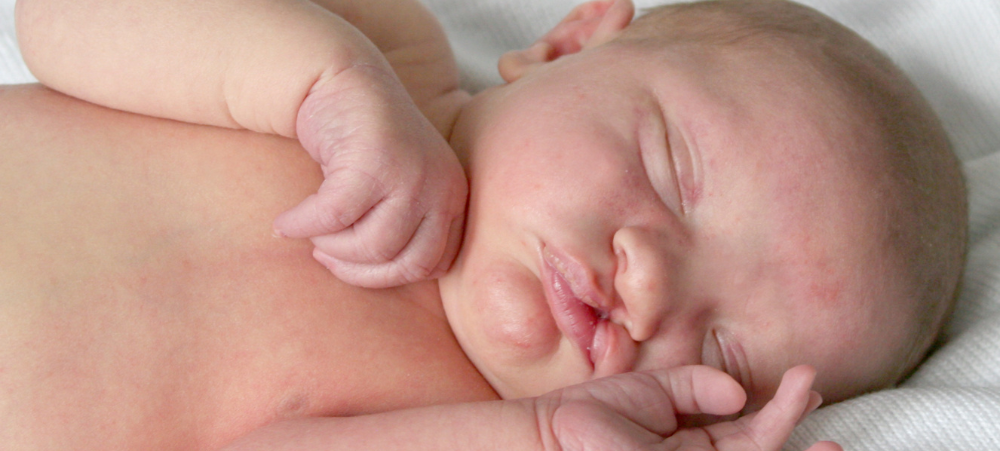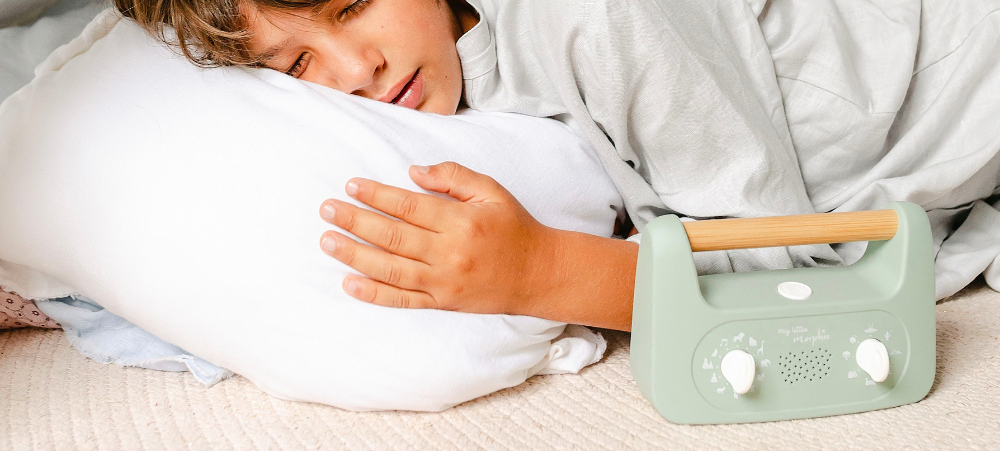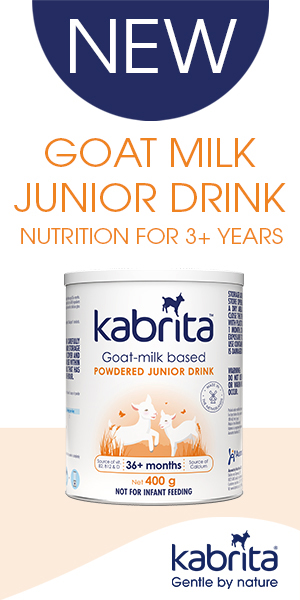
Proper Dosage For Peace Of Mind
While the classic approach suggests a spoonful of sugar helps medicine go down, convincing kids to take medicines often demands more than a little patience. While administering medicine to tots can be challenging, the good news is you can make it a little easier – and keep your child safe – by giving the correct amount every time. Why Correct Dosage Is Important Little bodies process things differently than adults, making precision crucial. A child’s weight and age often determine medicine dosage.1a Even a tiny excess can be harmful, while too little can render the medicine ineffective.1b How To Get The Right Dose – Every Time Before administering medication to your child, read the medication label and follow the dosage recommendations. If in doubt, reach out to your child’s doctor to discuss the medication’s proper amount, frequency, and duration. Sometimes, the way we measure can lead to inaccurate doses. Here are some key pointers to keep in mind when medicating your child. Household spoons: A regular kitchen teaspoon is equivalent to 5mls but not all spoons are created equally. Some may measure significantly higher or lower than 5mls.1c Even if medicine instructions say “teaspoon”, it’s safer to ask your pharmacist for metric measuring spoon that shows the exact millilitres. That way, you can always be sure. Dosing cups: While using a dosing cup is better than a teaspoon, it’s not always accurate as some medicine can stick to the cup. This means your child might not get the full dose.1d Oral syringes or infant droppers: Both these options are available at most pharmacies, doctors, or online stores, are safe for babies and toddlers (they don’t attach to needles), help give the exact dose by showing measurements, and reduce mess and spitting by allowing you to place medicine in the corner of your child’s mouth.1e When in doubt, calculate how much paracetamol you should give your child with Panado®’s quick and accurate dosage test. Click here. Medicine Safety Basics Ensuring the health and safety of our children is paramount, especially when it comes to medications. In addition to always ensuring you give your child the correct dosage based on their age and weight, keep the following guidelines in mind. Avoid giving partial doses or adding “a bit more” based on your child’s perceived illness severity. Dosages are determined by a child’s weight for safety and effectiveness, not by how sick they appear. Underdosing might not work, while overdosing could be dangerous.2a Check with your child’s doctor or pharmacist before giving your child two types of medicines with the same ingredients.2b Never give your child medicines prescribed for someone else, whether it’s an adult or child.2c Children should not be given medication that contains aspirin, as it can lead to serious health complications like Reye’s syndrome.2d Do not give cough or cold medicines to your child unless the doctor gives you the green light, especially to children under four years old.2e Turn to the Power of the Panado® Paediatric Range of Products Panado® contains paracetamol, which boasts over 150 years of clinical experience.3 It’s fast-acting4 and gentle on sensitive tummies.5 Panado® paediatric range of products includes Panado® Paediatric Syrup, Strawberry,6 Panado® Paediatric Syrup, Peppermint Alcohol and Sugar-Free,7 Panado® Paediatric Syrup, Peppermint 5 ml Sachets8 and Panado® Infant Drops.9 Make pain and fever care easy by shopping for Panado® products available from Baby City, Pick n Pay, Checkers including Hypers, Shoprite, Clicks, Dis-Chem and Independent Pharmacies. For more information, visit https://panado.co.za/ and join the conversations on Facebook. 2023083110309095 References: Intermountain Health. Getting the right medication dose for your baby. Available from: https://intermountainhealthcare.org/blogs/getting-the-right-medication-dose-for-your-baby. Last accessed August 2023. John Hopkins All Children’s Hospital. On call for all kids: Giving your child the correct medicine dosage. Available from: https://www.hopkinsallchildrens.org/ACH-News/General-News/On-Call-for-All-Kids-Giving-Your-Child-the-Correc. Last accessed August 2023. 150 years of paracetamol. GP Pharma Update Mar/Apr 2019. Moller PL, Sindet-Pedersen S, Petersen CT, et al. Onset of acetaminophen analgesia: Comparison of oral and intravenous routes after third molar surgery. Br J Anaesth 2005;94(5):642-8. doi:10.1093/bja/aei109. Available from: https://pubmed.ncbi.nlm.nih.gov/15790675/. Last accessed August 2023. Goodman & Gilman’s.The pharmacological basis of therapeutics, 13th ed. Acetaminophen. p696 Panado® Paediatric Strawberry Syrup approved package insert, March 2002. Panado® Paediatric Syrup Alcohol and Sugar-Free professional information, May 2022. Panado® Paediatric Syrup professional information, May 2022. Panado® Infant Drops (Drops) approved professional information, August 1990.


































